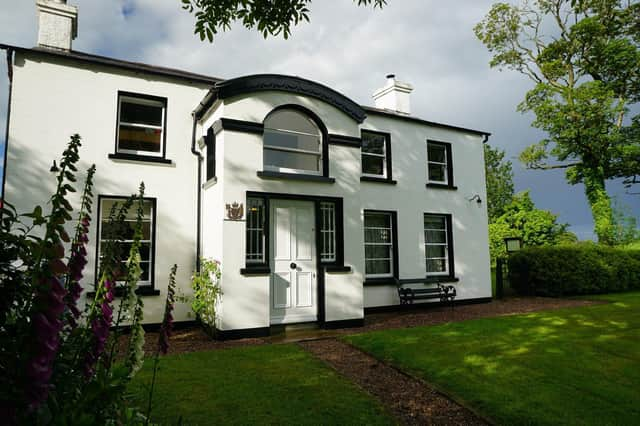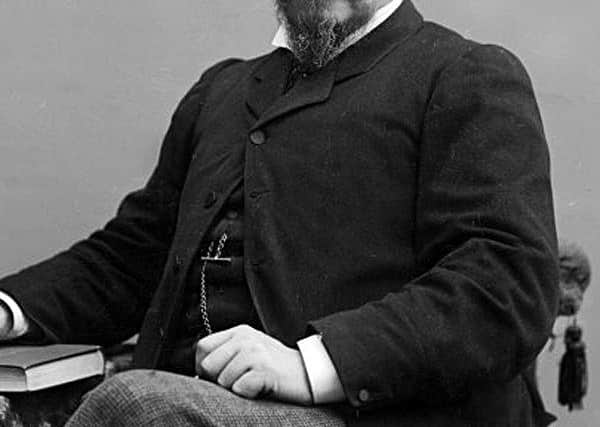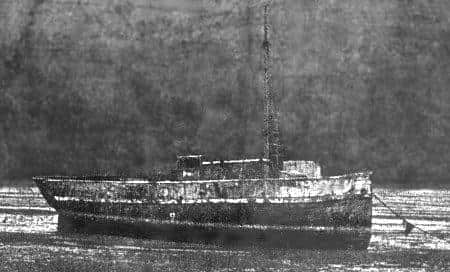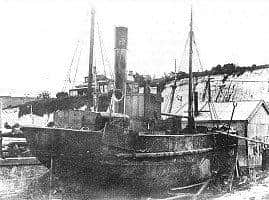Ulster’s amazing historical and cultural links with the ‘down under’


The ‘e’ on Coates wasn’t a spelling mistake, nor was the headline anything to do with the more recently mentioned ulster overcoat, spelt with a small ‘u’!
Coates was the co-surname of the mostly-forgotten Belfast shipbuilding company called Coates and Young and the page raised our collective hats to Coates - Victor Coates - a member of the family who founded the company.
Advertisement
Hide AdAdvertisement
Hide AdIt was thanks to Victor that a little ship called the Mullogh sailed from Belfast in 1855 into the annals of maritime history.


I’m mentioning the Mullogh again today because I’ve been informed that Ballance House near Lisburn is inviting people to volunteer to work in the birthplace of John Ballance, the 14th Premier of New Zealand at the end of the 19th century.
The beautifully restored award-winning Ballance House is filled with history, artefacts and original features, something for everyone to explore and learn about the cultural links between Ulster and New Zealand.
The Mullogh was just one of those links, and more about that in a moment.
Advertisement
Hide AdAdvertisement
Hide AdBallance House is recruiting volunteers to help at family days and special occasions, with catering in the tea barn, by guiding visitors through the house and its exhibitions, storytelling, organising sightseeing groups and helping to maintain the house and grounds.


There are a wide range of roles on offer for a variety of occasions - like the forthcoming Car Boot Sale on Saturday, March 28 - and induction sessions will be happening soon.
Open from the beginning of April to the end of September, every Sunday (2 to 5 pm) and bank holidays (excluding 12 July), Ballance House is run by the Ulster New Zealand Trust to highlight the remarkable life and work of John Balance and New Zealand’s historic pioneers.
The Trust’s focus is on emigration and exchange between Northern Ireland and New Zealand, Maori culture and the enormous impact that Irish people - and ships! - have had on the nation of New Zealand.
Advertisement
Hide AdAdvertisement
Hide AdIn 1855 Victor’s little Mullogh sailed from the Coates and Young shipyard, up-river from Belfast’s Albert Bridge, first to Australia and then many times to and from Australia and New Zealand.


She was barely a ship - more of a ketch - 60 feet long, just over 60 tons weight, her 15-horsepower steam engine driving a single propeller, a crew of five and sporting a funnel as well as sails, the tell-tale signs of the enigmatic transition from wind to steam.
The Mullogh was New Zealand’s first iron hulled steamer, and was so far ahead of her time that her new owners weren’t yet knowledgeable about her ‘new-fangled’ steam engine.
So they stowed her funnel in her cargo hold and used her as a sailing ship!
Advertisement
Hide AdAdvertisement
Hide AdThis was the humble beginning of a historic career that was to span nearly 70 years.
In her time the Mullogh was used as a sailing-ship tender (water taxi), a tug, a coastal trader and to transport passengers and cargo from the port of Lyttelton over the treacherous Sumner bar to the wharves on the Heathcote River.
She also made several trips to Hokitika on the West Coast, with supplies for the early gold miners.
The Mullogh ended her working life as a fishing boat and until recently her Belfast-built hulk and rusted ribs could still be seen where she was beached in 1923, on the West side of Quail Island in Lyttelton Harbour.
Advertisement
Hide AdAdvertisement
Hide AdIn 1859 the Mullogh arrived at Lyttelton (under sail!) with a cargo of bricks and with Edward Green on board - the telegraph engineer in charge of constructing New Zealand’s first telegraph line between Lyttelton and Christchurch.
Thereafter the Mullogh transported much of the equipment and many of the specialist workmen for New Zealand’s emergent telegraph system. Page 3 of 4
In 1863 Mullogh was responsible for transferring New Zealand’s first steam railway engine from Australia to Ferrymead, a heroic feat that blew her boiler, and in 1878 Coates and Young’s little vessel embarked on numerous return trips from Australia to New Zealand with the Island’s early gold miners and their equipment.
There was a near-tragedy on March 14 1863 when the coal boat Maria Elizabeth hit rocks and sank off the Sumner bar.
Advertisement
Hide AdAdvertisement
Hide AdThe Mullogh rushed to her aid - under steam! - and rescued the Maria Elizabeth’s crew.
In August 1865 Coates and Young’s little vessel was involved in an unhappy encounter with a happy ending!
She collided with rocks in stormy surf and was run on to the North Spit, near Sumner, to prevent her from sinking in mid-channel.
The bad new was that she was grounded and her crewmen were stranded.
Advertisement
Hide AdAdvertisement
Hide AdThe good news was that Mullogh’s cargo at the time was almost entirely barrels of whiskey!
Her crew must have had fun because around 28 barrels of liquor ended up in the sea and apparently created enthusiastic local-interest in beach-combing, until Lyttelton’s customs officers spoiled the party!
Mullogh was refloated, refitted and returned to work, tirelessly, all around New Zealand’s coastline.
Let’s raise our hats again to Coates, and for more information on volunteering opportunities with the Ulster New Zealand Trust, contact [email protected] or visit www.theballancehouse.com